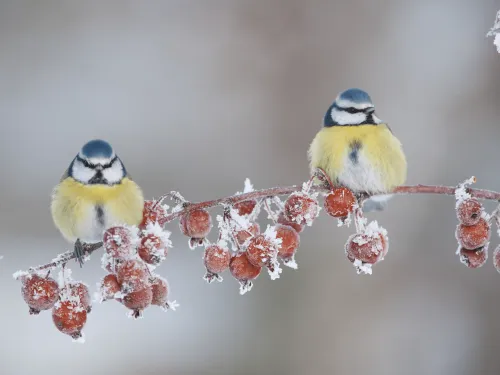
Create a wilder garden this winter
Wilder Gardens Officer, Ellen Tout, talks about her favourite parts of the winter garden and what you can do to make your space a sanctuary for wildlife.
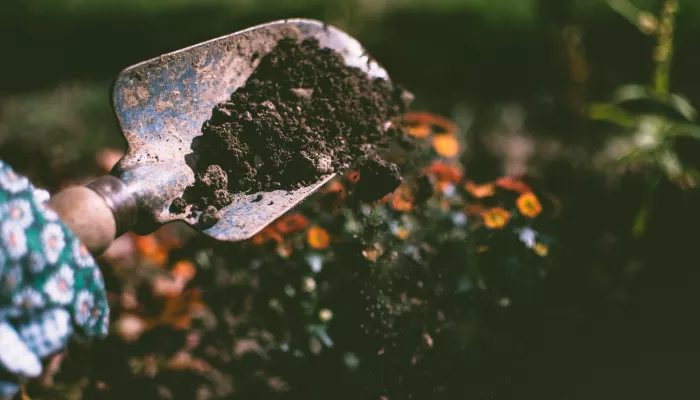
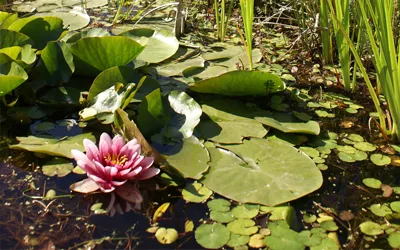
Wildlife pond
Avoid pesticides and herbicides of any kind - these can have damaging impacts for so many species in your garden. When it comes to 'weeds', try to relax and observe - these can be beautiful and may be a wildflower you are unfamiliar with. Try to edit, rather than step in with chemicals. When is comes to 'pests', try to let nature step in instead - ladybirds, for example, will predate aphids - and learn to tolerate a little damage to your plants. There are also many organic practices that may be helpful.
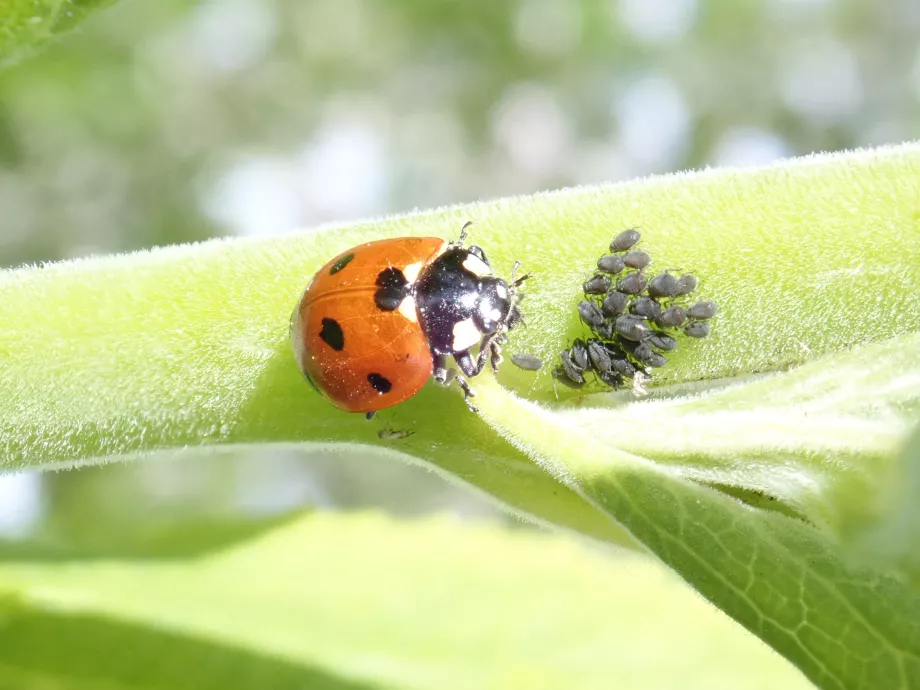
Ladybirds predating aphids
Encourage wildlife by 'rewilding' an area of your garden. Longer patches of grass or piles of leaves and logs can be a great shelter and food source for many species. You can apply this same principle to your flower and veg beds; for example, by leaving dead plant matter and seed heads to break down naturally and provide habitat over winter. You could also consider a 'no-mow' area or path on your lawn.
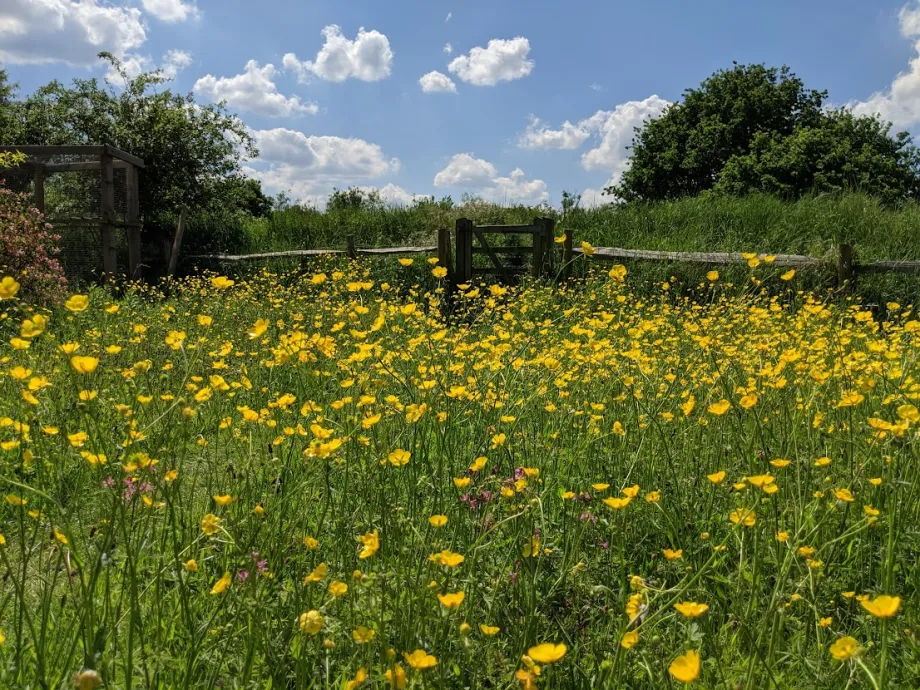
Mini meadow area
Did you know that hedgehogs can travel up to 2km in one night? Our gardens provide vital space for them to roam, look for food, and hibernate. Help hedgehogs to access your garden by cutting a 13cm by 13cm hole in your fence at ground level. You can also supply a dish of water, and if you have a pond, ensure a ramp or beach area enables easy access in and out of the water. Hedgehogs are another reason not to use chemicals, such as herbicides and slug pellets, which can sadly accumulate in their systems or poison them. Instead, provide wild areas where they can forage for food safely.

Hedgehog in the garden.. ©️ Tom Marshall
Native wildflowers are great for wildlife as they flower at the right time of year for our native insects and support them at different stages of their lifecycles. Consider making a small meadow in your garden – perhaps transform an unused corner of your lawn, or incorporate more wildflowers into your beds, such as foxgloves, forget-me-not, and toadflax.
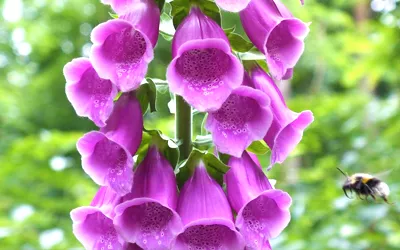
Foxgloves are a native wildflower
Recycling garden and kitchen waste into compost is a brilliant way to reduce the emissions produced by your gardening and reuse plant matter onsite. It will save you money in the long-term too! This can be used as mulch, potting mix, or a soil improver - the more you look after your soil, the healthier your plants and crops will be.
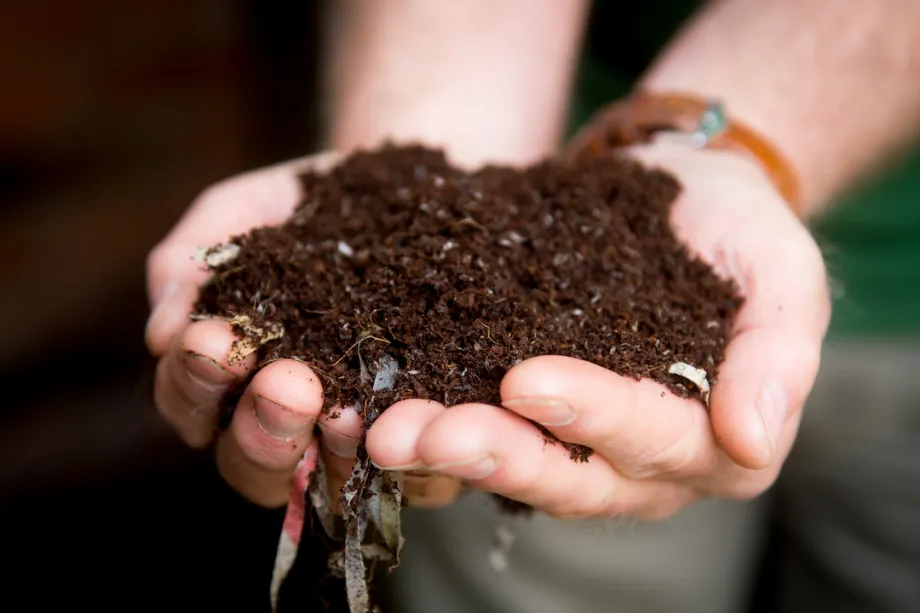
Garden compost
Some of the best-known garden visitors are birds. Offering a helping hand in your garden is a great way to encourage birds and other wildlife to set up a permanent residence. Nesting boxes, birdbaths, hedgehog homes, and bug hotels all create habitat. When it comes to feeding, be sure to provide water, but wherever possible make food naturally available - such as by encouraging insects, planting native plants, leaving seed heads and fruits on plants, and allowing more 'wild' areas to thrive.
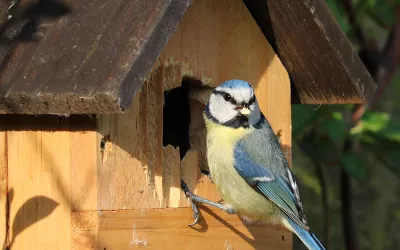
Tit and bird box
Want to learn more about how to make your garden or green space a wildlife haven? We're excited to launch our new wildlife-friendly gardening course...

Wilder Gardens Officer, Ellen Tout, talks about her favourite parts of the winter garden and what you can do to make your space a sanctuary for wildlife.
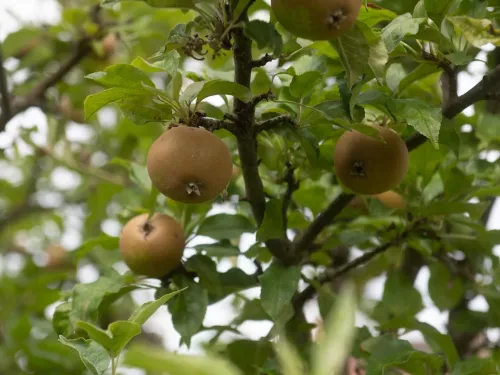
Typically, most gardeners and farmers grow annual vegetable crops – those that are sown, planted, and harvested within one growing season. But perennial fruit and vegetables, which grow and produce food for many years, are becoming increasingly popular.…
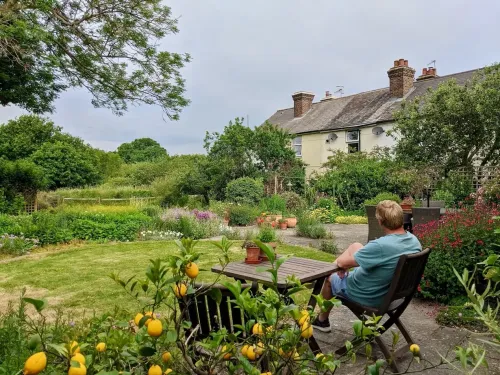
Volunteer Wild About Gardens Advisor Penny Brook takes us on a journey through her garden to share how they create a flower-filled haven for both people to relax and wildlife to flourish.